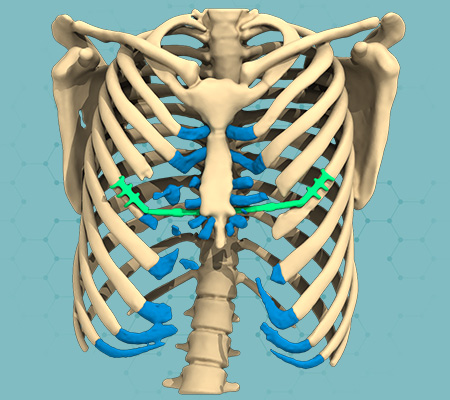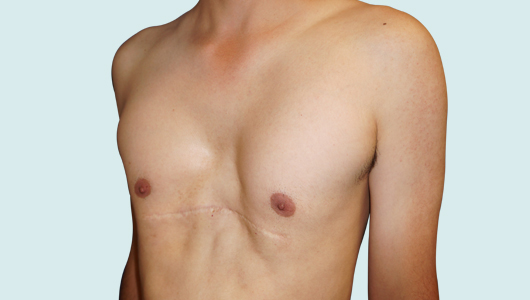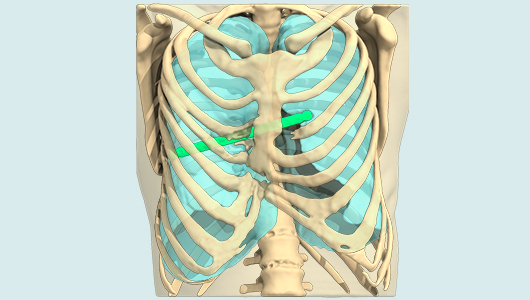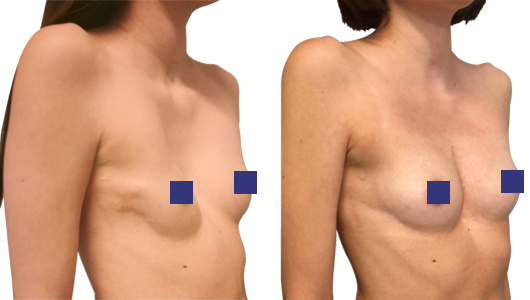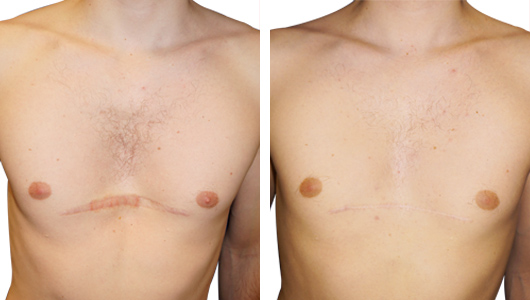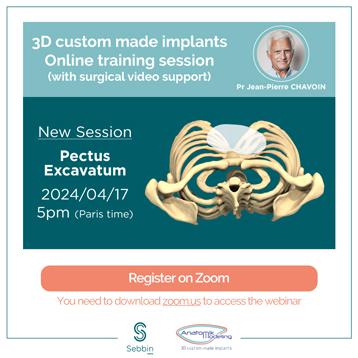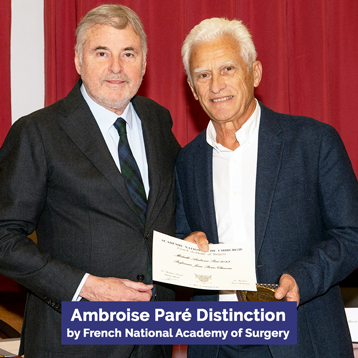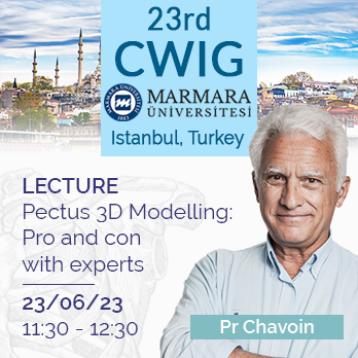Filling techniques
Filling techniques do not affect the rib cage itself. Instead, implants are designed to fill the sunken chest from a morphological point of view. In no way are filling techniques intended to alleviate functional problems. If anything is unclear, cardiorespiratory tests are required to determine the most appropriate surgical technique. 3D implants and lipofilling are two filling technique options. Conversely, filling Pectus Excavatum with silicone gel breast implants is not indicated because it can cause the breast to appear convergent or divergent.
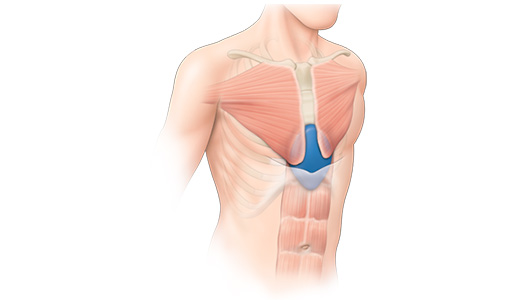
3D Implants
Computer-aided designed 3D custom-made implants enable the treatment of any type of Pectus, including asymmetric cases, regardless of the patient's age. The risks are minimal and the results immediate. Only a single surgery is required. This technique has been around since 2008. Previously, implants were performed by casting plaster onto the patient's skin, which actually produced less accurate results.
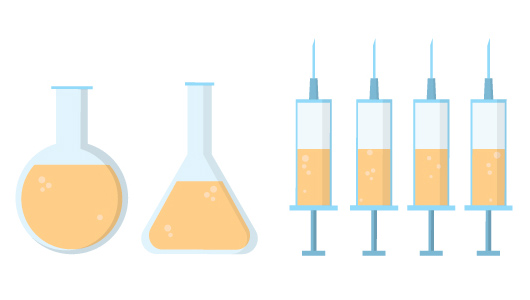
Lipofilling
Lipofilling or autologous fat grafting involves taking fat from the patient's body and reinjecting it in the appropriate place. It is a minimally invasive technique, used for very mild cases and for patients with sufficient fat reserves (uncommon among young people). Several injections are necessary to achieve the expected result, which can vary over time.
Reconstructive techniques
Reconstructive orthopaedic techniques, such as the Nuss or the Ravitch procedures, seek to rectify the rib cage to correct the morphological defect and free up space for the heart and lungs.
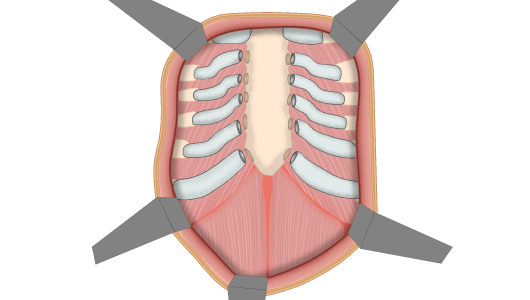
Ravitch procedure
The Ravitch technique is an "open" technique that involves costal cartilage shortening and sternum fracturing to correct the deformation. The structure is stabilised using metal bar(s) attached to the ribs. The bar(s) must be removed after 6–12 months.
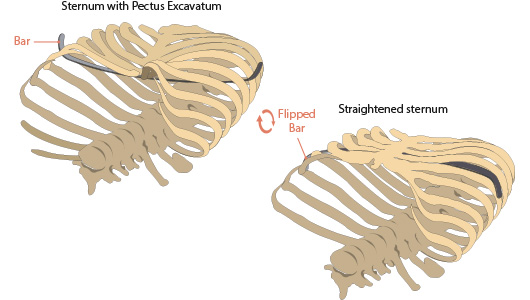
Nuss procedure
The Nuss procedure is a "closed" technique, also called mini-invasive technique. Using a small incision, a curvilinear bar is inserted laterally, following the internal convexity of the chest wall and passing close to the heart. The bar is then rotated 180 degrees to push the sternum out. The bar is removed after two or three years. This procedure may involved several bars.

